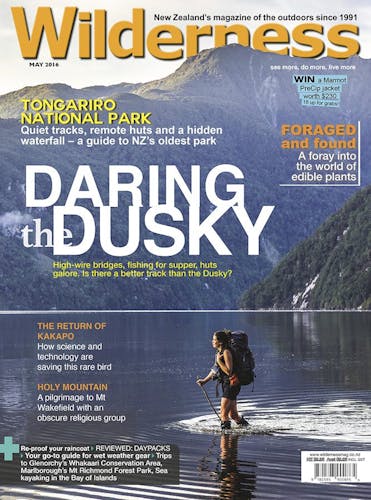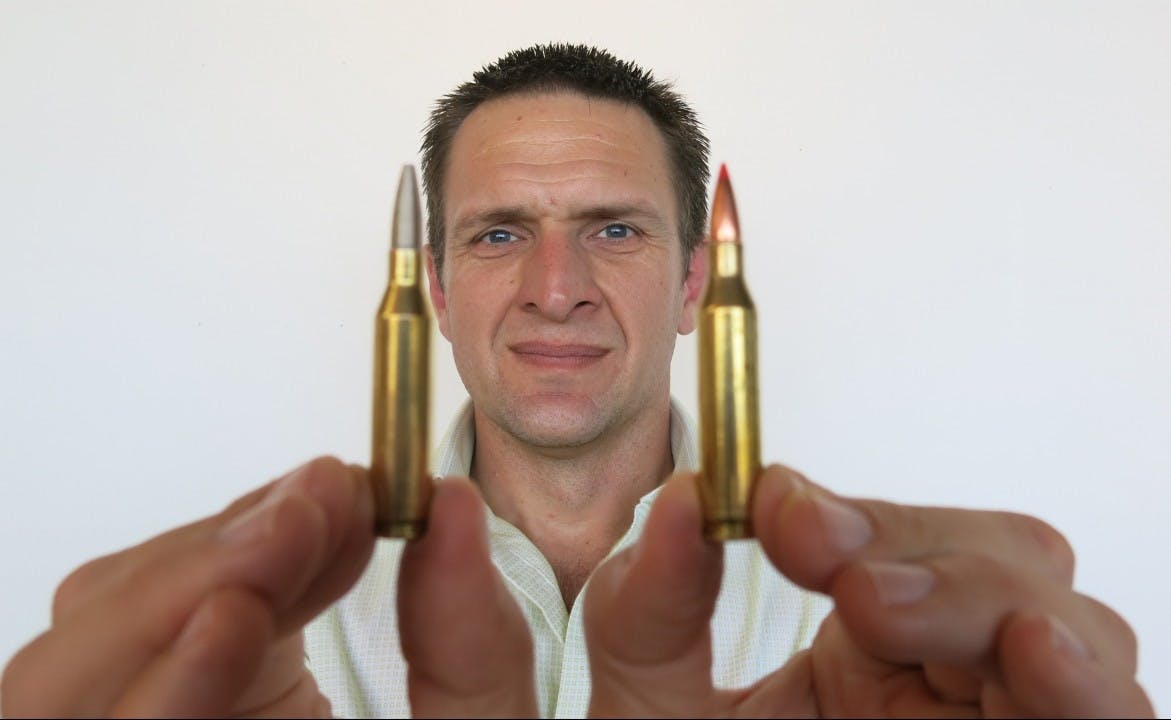A Nelson scientist is embarking on a study to find out whether lead bullets could be poisoning hunters and their families. By Naomi Arnold
Eric Buenz was dismembering a bighorn sheep he had shot when the thought struck him: why was the bullet he’d pulled out of the animal about half the size of the one that went in?
“You have to wonder,” he says. “Where did the lead go?”
That was nearly 10 years ago, and Buenz, who was a Mayo Clinic College of Medicine biomedical researcher at the time, realised that the lead disintegrated into microscopic fragments – and that, over the years, he’d probably been eating them.
“Saying there is an explosion of lead throughout the animal would be a bit over the top, but not by too much,” he says. “The concentrations are higher near the point of impact, and aren’t isolated to the wound channel.”
Further reading bore out his suspicions; x-rays of shot deer revealed a constellation of lead fragments, and a 2008 US study that x-rayed packages of wild venison donated to a foodbank found 60 per cent of them contained lead shot fragments.
Buenz, now a research professor of applied industries at Nelson Marlborough Institute of Technology, now uses copper bullets. This year, he’s aiming to find out whether lead shows up in hunters’ blood, and says that if so shooting with it is likely to reduce the IQ of hunters and their families.
The study has global implications. There is no safe level of lead exposure in humans, according to the World Health Organisation, and the effects are cumulative. Lead stays in the body forever, showing up in blood for several days after exposure, later storing itself in teeth and bone. It affects the brain and nervous system, causing behavioural difficulties and learning problems in children and long-term harm in adults, including increased risk of high blood pressure and kidney damage. For pregnant women, exposure to high levels of lead can cause miscarriage, stillbirth, premature birth and low birth weight, as well as minor malformations.
In New Zealand, it’s compulsory to use non-toxic shot when hunting waterfowl within 200m of water, but that’s to protect birds from ingesting it. There are no restrictions on using lead projectiles elsewhere.
Lead poisoning cases have to be reported to the Ministry of Health, and they’re not common. In 2014, there were 130 cases of lead absorption, with lead-based paint the main culprit. Other causes included rifle ranges and making bullets and sinkers. Just one case in 2014 was directly attributable to outdoor shooting, and another to a gunshot wound; but Buenz will be seeking funding for his study this year. If he has his way, we’ll soon find out a lot more about whether microscopic fragments of toxic lead are indeed lingering in the blood and bones of hunters and their families.
“Often, when I explain to hunters the risks associated with lead exposure, especially when considering their children, their response is ‘I’ve been hunting for years and I’m fine’,” Buenz says. “My response to them is ‘But just imagine how smart you could have been’.”
To take part in the study, email eric.buenz@nmit.ac.nz.








